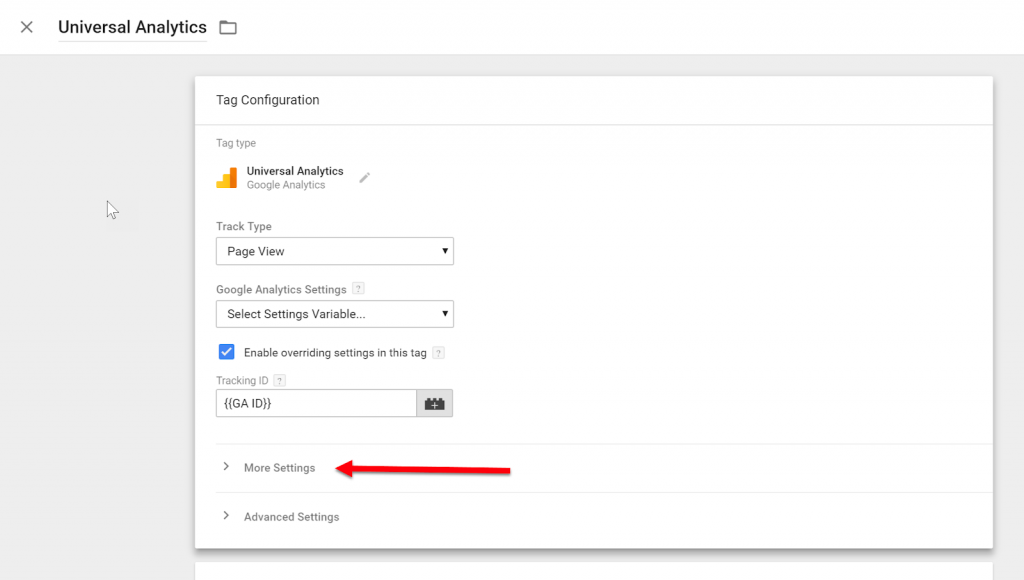

By default, the traffic would fall under / referral, making any performance analysis impossible. Let’s say that we’re running ads on Twitter. They’re mostly used with paid ads and links that would otherwise get mixed with organic visits. This seems unlikely to be a large amount of revenue, however.Īnd of course no tracking is perfect, so there are likely to be small discrepancies regardless. UTM parameters are tags that are appended to URLs to label different traffic sources. If you do have people viewing your ads without clicking, but visiting your site within a day to purchase via a non-ad channel, Facebook will credit your ad with that revenue but GA will not make a connection to Facebook at all. You can add in another dimension and show the source/medium or other data. Click to view in detail From here you’ll be able to see the channel which is the medium. From the reports area, click on Acquisition then the traffic acquisition option.
UTM PARAMETERS GOOGLE ANALYTICS HOW TO
Simply paste in the URL you want to modify, then click Get Tracking ID. The five standard parameters Google Analytics provides are: Source utmsource Medium utmmedium Campaign Name utmcampaign TermKeyword utmterm Contentad content utmcontent Note:Google recently added new UTM Parameters for GA4 for the first time in over a decade. Here is how to find your UTM Parameter data in Google Analytics 4. The total of Direct/Last Click (scenario 3) and Assisted (scenario 2) Conversion Value for Facebook is the GA value most comparable to Facebook's number. To add UTM parameters to links in Google Analytics, you can use the URL Builder tool. Then down at the data table, change the Primary Dimension to Source / Medium (or just Source, if all of your Facebook traffic has the same Medium value).
Set the date range for the report to match whatever Facebook is reporting on. If you have goals set up, change the Conversion dropdown to transactions only, and set the Lookback Window to 28 days prior to conversion to match Facebook's range.

To get a better comparison, you'll need the Conversions > Multi-Channel Funnels > Assisted Conversions report. Google Analytics will only attribute scenario 3 to your UTM values, but Facebook will attribute all 3 scenarios to your ad performance (in situation 2, the actual time frame is 4 weeks in situation 1, view only, it's one day). User clicks the ad and makes a purchase during that visit. 1: Create Unique Links With UTM Parameters. User clicks the ad, does not purchase, but returns two weeks later through a different channel and purchases. Note: Make sure you have Google Analytics installed on your website so you can track these URLs.
UTM PARAMETERS GOOGLE ANALYTICS CODE
User views the ad, does not click, visits your site later that day through a different channel and purchases. A UTM code is a snippet of code that you can add to the end of a URL to track the performance of campaigns and content. There is a big difference between how Facebook attributes conversions to ads and how GA attributes conversions to UTM values. It's not certain anything is wrong with your traffic.


 0 kommentar(er)
0 kommentar(er)
